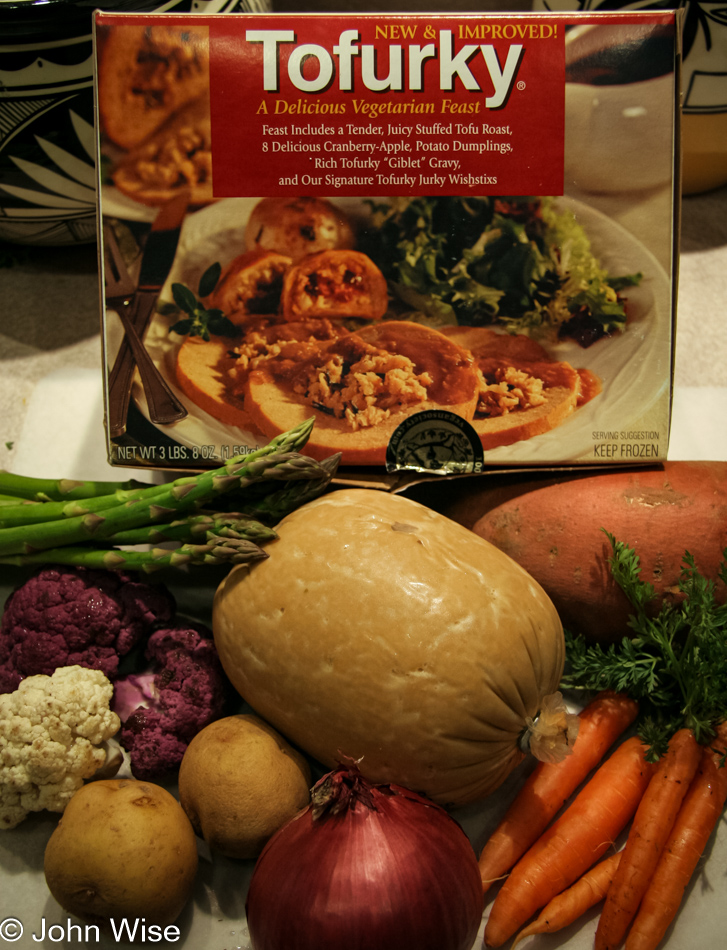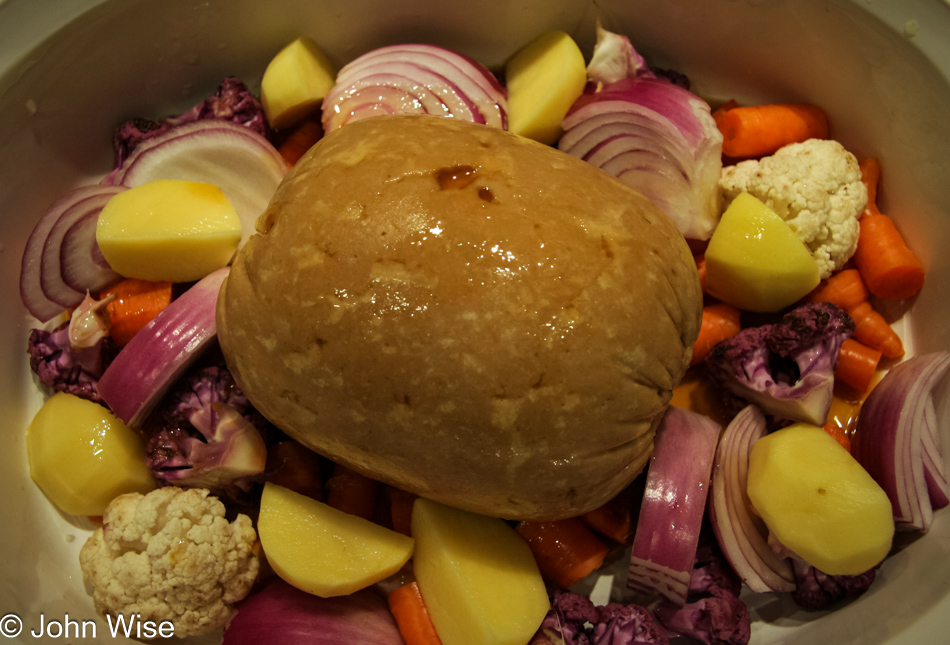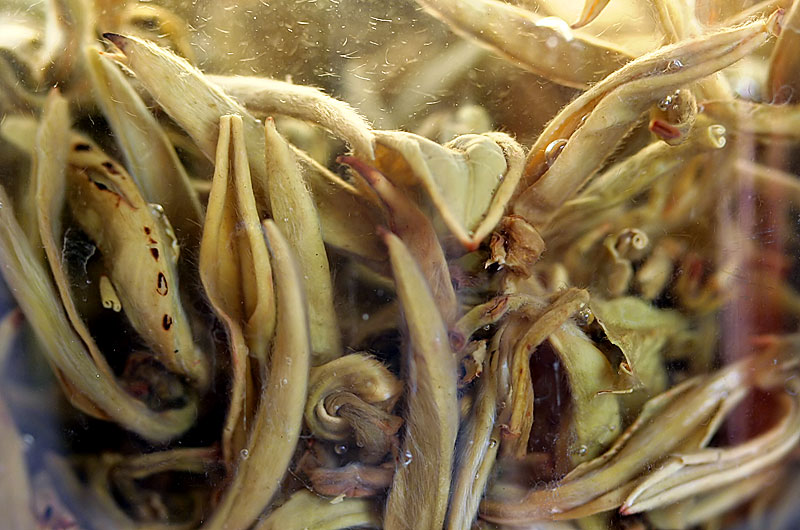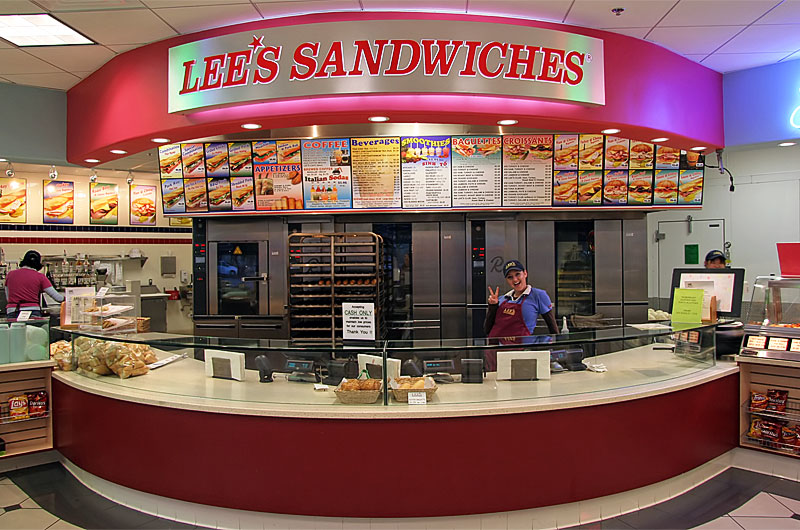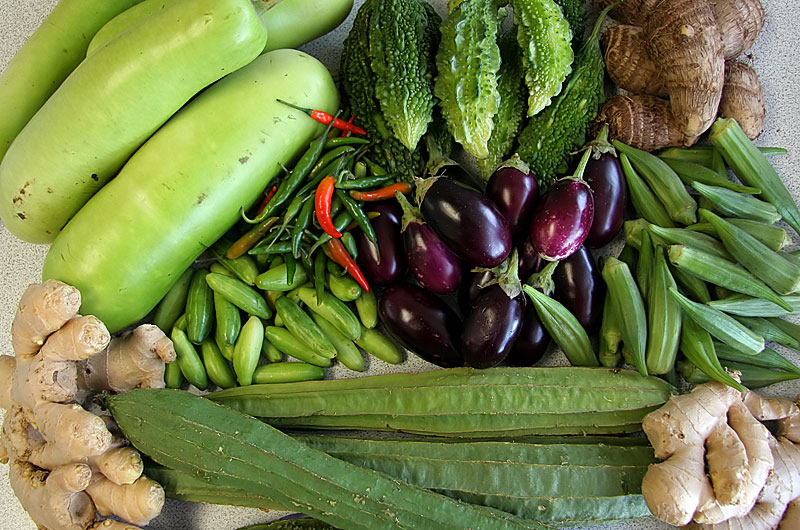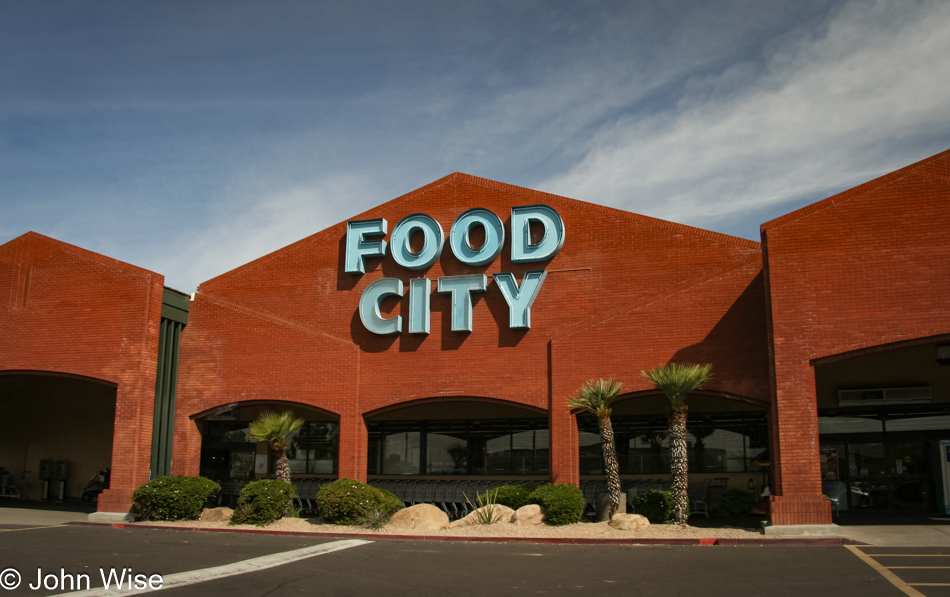
Looking for something in a directory containing recipes, I stumbled across a document that must have been destined to become a blog post, though, at more than 2000 words, it would have been too long back when I wrote it. The article about Mexican grocery stores was dated March 19, 2006, but it’s well into the future, as in May 30, 2024, when I dusted it off and inserted it into the past.
To the Mexican grocery store, we go. This would be more correct if we said Hispanic, as this ethnicity of grocery caters to more than Mexicans but includes food items used by many Latin Americans.
For those of us who are bringing more vegetarian meals into the repertoire of meal planning, it is the variety of ingredients and the additional spices that really kick up the appeal of many a vegetarian dish. Mexican food may have a strong reputation for fiery foods due to the classic salsa and their usage of jalapenos, but truth be known, it is Thai and Indian cooking that holds the distinction for the hottest flavors.
I am not saying Mexican cooking doesn’t have a kick; it surely does. Thanks for that, as I am a big fan of spicy and, in turn, Mexican foods. What I am suggesting is that many Mexican dishes can be prepared using a variety of methods, not all of them requiring buckets of butter milk to put the fire out on your tongue. With a wide variety of chilies and piquant flavors, the foods found in Mexican groceries are a great addition to making the world of veggies more enjoyable and tolerable for vegetarians and non-vegetarians, such as myself.
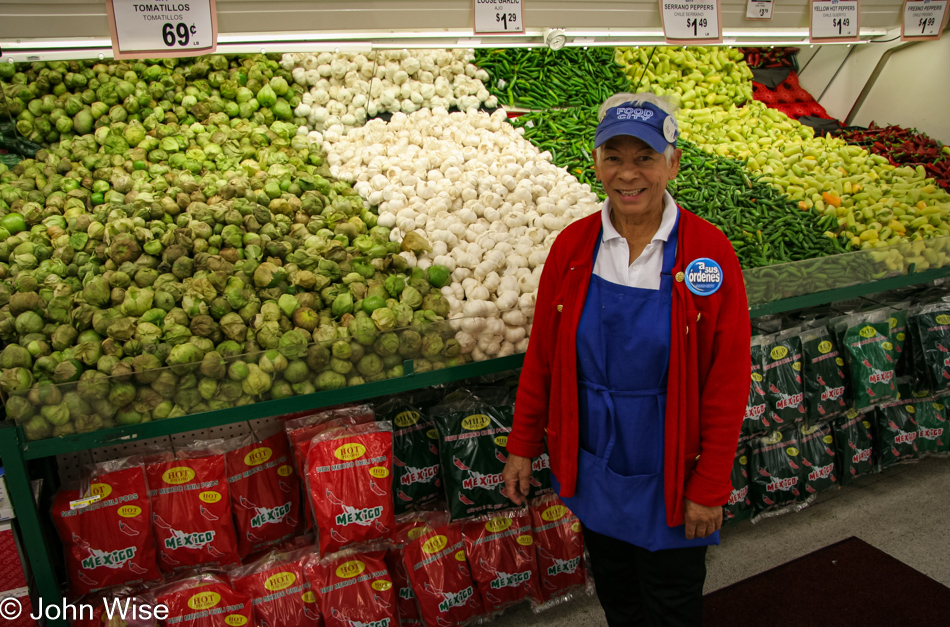
In the Phoenix, Arizona metropolitan area, with such a large population of Hispanics, we have many choices for finding Mexican groceries. There are nearly 60 small carnicerias, traditionally butchers, but today are small grocers with a little bit of everything needed for most Mexican cooking. The great size of this ethnic group has opened the opportunity for large grocers to open stores that cater primarily to a Hispanic clientele, principally the Ranch Market and the more ubiquitous Food City, with more than 60 locations across the state of Arizona.
Food City is part of the Bashas’ chain of grocery stores, a local Phoenix company run by the truly inspired Eddie Basha. Not only does the company cater to the Mexican market, it also operates AJ’s Find Foods, delivering gourmet and specialty items, and they operate Basha’s Dine Markets (pronounced dhi-nay), specializing in the needs of the Navajo, Apache, and Tohono O’odam Native Americans. But today, we are visiting Food City.
The Food City grocery store is typically as large as a standard conventional grocery, and there is much overlap in product offerings. Food City, though, has a wide selection of food ingredients not found in those other stores. These items traditionally used in Mexican kitchens are what sets Food City apart.
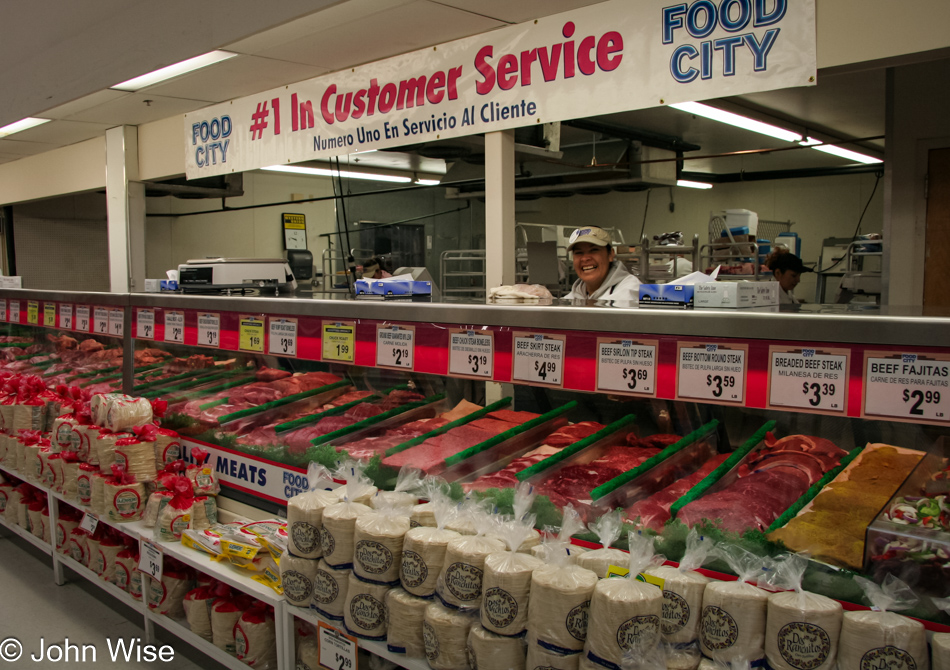
A visit to your local Mexican grocery can be an experience as you are probably going to be introduced to some new sights, sounds, aromas, and flavors. From pop or traditional Latino music playing and piñatas overhead to the occasional mariachi band playing or chilies being roasted in front of the store, you are sure to glimpse some of the Hispanic culture.
Entering the store, you may find a larger selection of fruits and vegetables than at your conventional store, and in greater quantity. Mexican families still cook at home, even when both parents work multiple jobs. Not only are you going to find this abundance, but the variety is impressive too. Here at Food City, you will see the standards, broccoli, corn, spinach, cantaloupe, onions, and carrots, but you are also going to find more types of chilies than you will initially know what to do with. You will see what appears to be a kind of paper-wrapped tomato; this is actually a tomatillo used in salsas and sauces. Garlic, tomatoes, avocado, and the rest of the ingredients for salsa will be nearby.
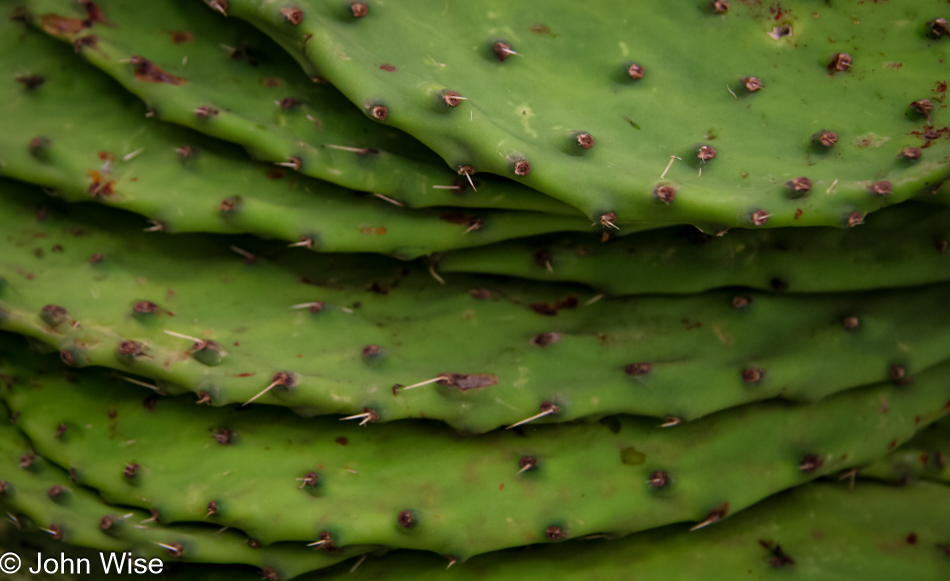
On the next display, you might scratch your head as to why thorny cactus pads are for sale; no, they are not used for disciplining naughty children. Cactus pads are called nopales, and while they offer a bitter taste, they are popular in a number of dishes. Prickly pear fruits from the prickly pear cactus, used in the making of candy, syrup, and a flavoring for drinks, can also be found when they are in season.
Chilies come in many different shapes and heat ratings. Habaneros are the hottest of the chili family, while Anaheim’s are usually quite mild. Jalapenos are popular in salsa, and if smoked, are known as chipotle, which adds a great smoky and spicy hot flavor to any and all cooking. I’ve tried using chipotles in Indian dishes with wonderful results. The mild Poblano chili is popular in Chili Relleno, whereas the Chili De Arbol is a fiery monster related to the cayenne pepper. Many dried chilies will also be found in store, the unique flavors of both fresh and dry chili can add a nice zip to an otherwise dull meal, try experimenting with adding a little to recipes you already use, or try searching for recipes on the internet that use these great spicy little fruits from the nightshade family.
Cilantro, epazote, banana leaves, Mexican grey squash, chayote gourd (eaten as a squash), mint, hibiscus flowers (used for making the refreshing cold drink Jamaica – pronounced ha-mike-ah), sugar cane, and many other herbs and vegetables are often found in most Mexican grocery stores. Many of these items found in the produce department of Food City and Mexican grocers around the U.S. can make a flavorful impact on your cooking and should be explored for the possibilities they hold.
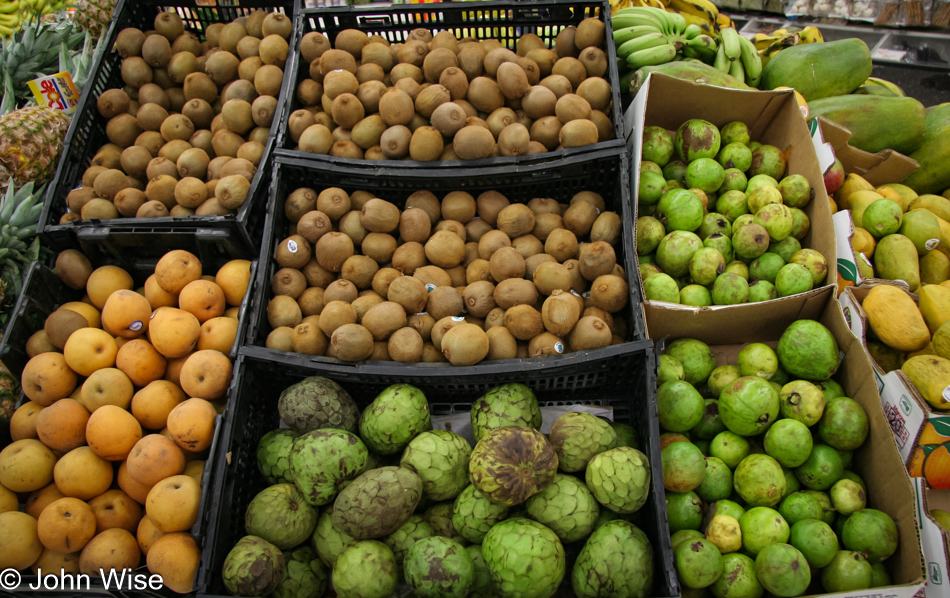
Look a little longer, and the more you will see. Past the melons, you might spot the sweetly aromatic guavas sitting next to the mangos. Guava makes a great addition to arroz con leche or rice pudding. The limes will probably be smaller than you may be accustomed to, but they are all lime, very popular, and usually a lot cheaper than your regular neighborhood market. Keep looking, and you will wonder what the strange shapes are; you might be looking at the cherimoya. Many people would say it tastes something like a banana with hints of pineapple and strawberry. This fruit was quite popular with American writer Mark Twain.
Rice and beans are staples in Latin American diets, and the Mexican grocery will have plenty of both to choose from. Our local Food City has plentifully stocked bulk bins of pinto beans, black beans, and white rice. An isle over and other varieties of beans, along with ten to twenty-five-pound bags of rice, are on sale. Ask for a recipe for beans, and you are likely to find out that there is no such thing as ‘the’ recipe. It would appear that every family has their own favorite recipe for preparing beans, and the same goes for rice.
You don’t need Mexican vegetables to enjoy great Mexican cooking, either. Using corn and zucchini, you have the beginnings of calabacitas. Calabacitas has its roots amongst the Pueblo Indians of the Southwest, but is now a popular dish with Hispanic households and restaurants alike. The dish is often served with beef or chicken, while the little restaurant El Conquistador, around the corner from us, serves it with pork. This dish is easily made vegetarian and can be served as a side dish, a casserole, tacos, or as an ingredient for making fajitas.

And if all these fruits, vegetables, dry rice, and beans sound like a lot of work, there are plenty of shortcuts to be had for the quick preparation of a meal. Using a prepared sauce such as Pipian, a green pumpkinseed sauce similar to the more widely known Mole (pronounced moe-lay), you could prepare a dish in minutes by pouring the pre-made Pipian over some veggies or if you are so inclined, meat and veggies, and simmer for 20 minutes for a quick and healthy dinner. Adobo sauce is made from smoked jalapeno, while mole is a nutty, chocolaty sauce.
Not so easy, as a matter of fact, this takes some work, and they are tamales. The tamale is a brilliant piece of work. Most people probably know the garden variety tamale stuffed with spicy beef, but in reality, there is no limit to what you can place in a tamale. I have had the slightly less common green chili and corn tamale, but I have also sampled mushroom tamales and a mixed veggie with olive tamale. I think it is only a matter of time before someone concocts a spicy Indian mixture that finds its way into the tamale or the Korean version stuffed with spicy tofu and Kimchi.
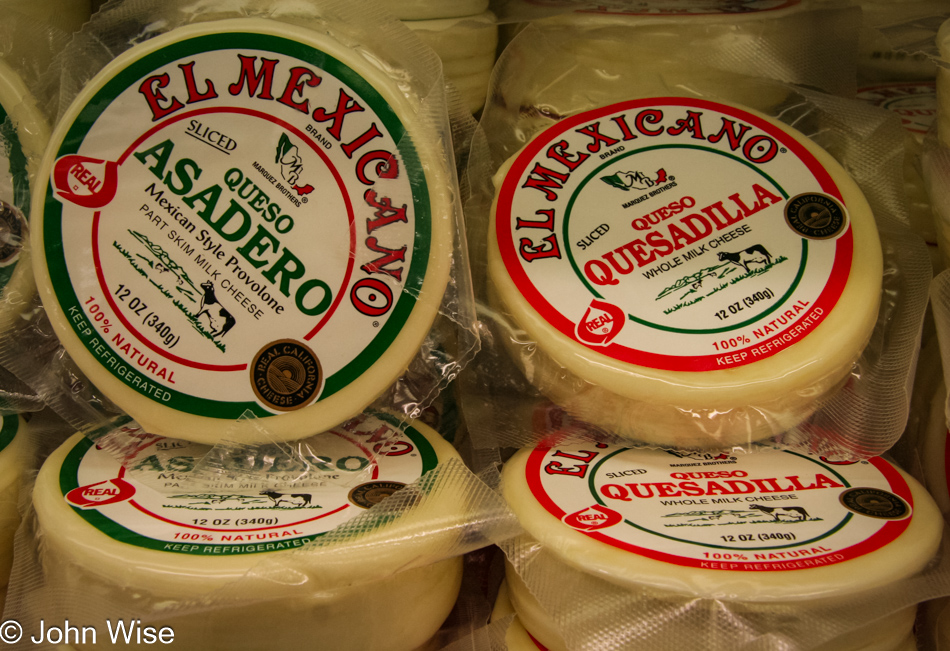
As versatile as the tamale is, the quesadilla is a simple enough snack, appetizer, or meal. The mighty quesadilla is made from one or two tortillas. Small to large tortillas, corn, or flour, it doesn’t matter. One of my favorite quesadillas I learned to make was from our friend Guadalupe Silva. She would take two small corn tortillas, place Mexican cheese between the tortillas, and grill for a few minutes until the cheese was well melted. I modified this for breakfast, and we now indulge by adding some fresh sliced avocado after cooking, along with some of our favorite salsa from Herdez.
From grilled veggies and various meats, the quesadilla can be filled with nearly anything. Kids love them with butter and cinnamon sugar; Caroline, my wife, loves a flour quesadilla warm and full of the Mexican caramel Cajeta made from cow and goat milk, whereas I prefer spicy green chili and a Mexican white cheese such as Menonita. This brings to mind the burrito, as it too can be stuffed with a wide variety of fillings and is open to interpretation as to just what we could try putting in the burrito or quesadilla.
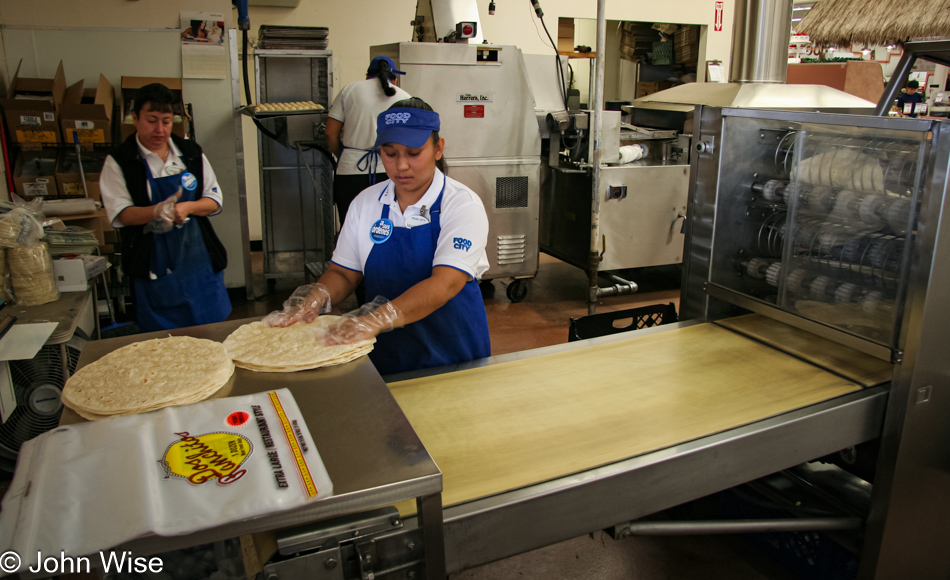
The famous tortilla brings the burrito and quesadilla together. In a Mexican store, you are going to find many brands, sizes, and types of tortillas. While homemade tortillas are always going to be the best, stores like Food City have on-site Tortillerias. Walking into Food City while the tortillas are being made is like walking into an old-fashioned bakery, as the air is filled with the steamy aroma of baking bread.
Tortillas made of corn are typically the favorite for making tortilla chips, used for scooping up salsa, and for making tacos. Corn tortillas are also popular with fajitas. Flour tortillas come in small, medium, and extra-large sizes for truly overstuffed burritos. As more people become health-conscious, you will also find greater offerings of whole wheat tortillas.

At our local Food City, across from the Tortilleria, is a juice stand offering some of the unique beverages found in Mexico. My favorite is Jamaica, which is made from the hibiscus flower. This drink is an easy one to make at home; all you need is a handful of hibiscus flowers, some boiling water, and sugar to taste. Let it cool, and it’s ready to drink.
The juice bar offers other Aguas Frescas or flavored waters, such as horchata (cinnamon rice milk), Sandia (watermelon), and tamarindo. Also on offer are fruit shakes, snow cones, and Jugos Naturales, or natural juices. Juice flavors include papaya, banana, nopal (cactus), fresa (strawberry), apio (celery), and guayabas (guava). The only thing missing is a live mariachi band and a lounge chair.
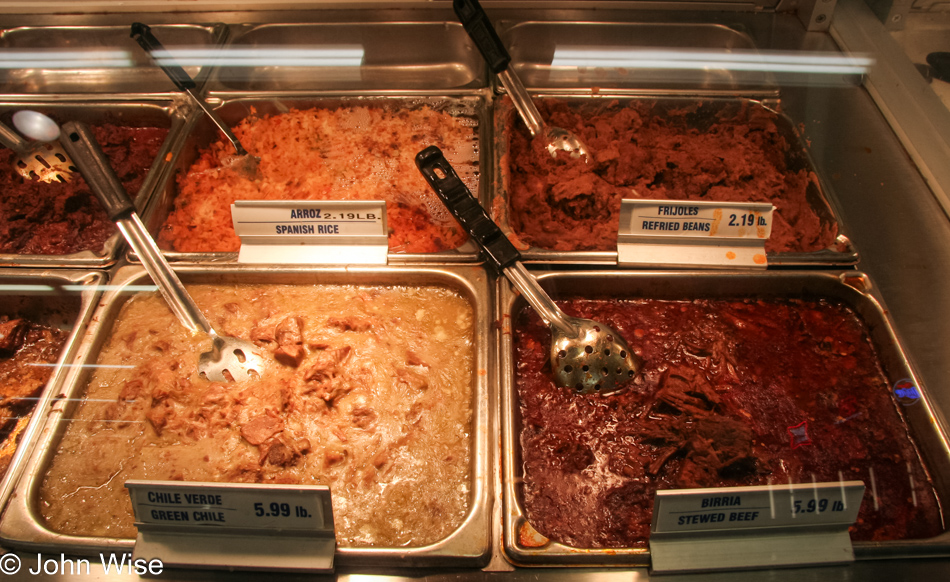
If your community is fortunate enough to have a Mexican grocery, a carniceria, or even a little tortilleria, you should take the time to familiarize yourself with the ambiance and the wonderful products these places offer. Not only do they present a wealth of new flavors, but they are generally less expensive than conventional grocery stores. Food City here in Phoenix, Arizona, has brought all of the amenities of the conventional American grocery store to the Mexican market. This grocery store is also a great place to ask for recipe help from the patrons, or if you see something you are unfamiliar with, ask what the item is and how it is used. The Mexican people I have known and those I have encountered have always responded kindly with a smile and a genuine interest in knowing something more about their culture, food, and families.
